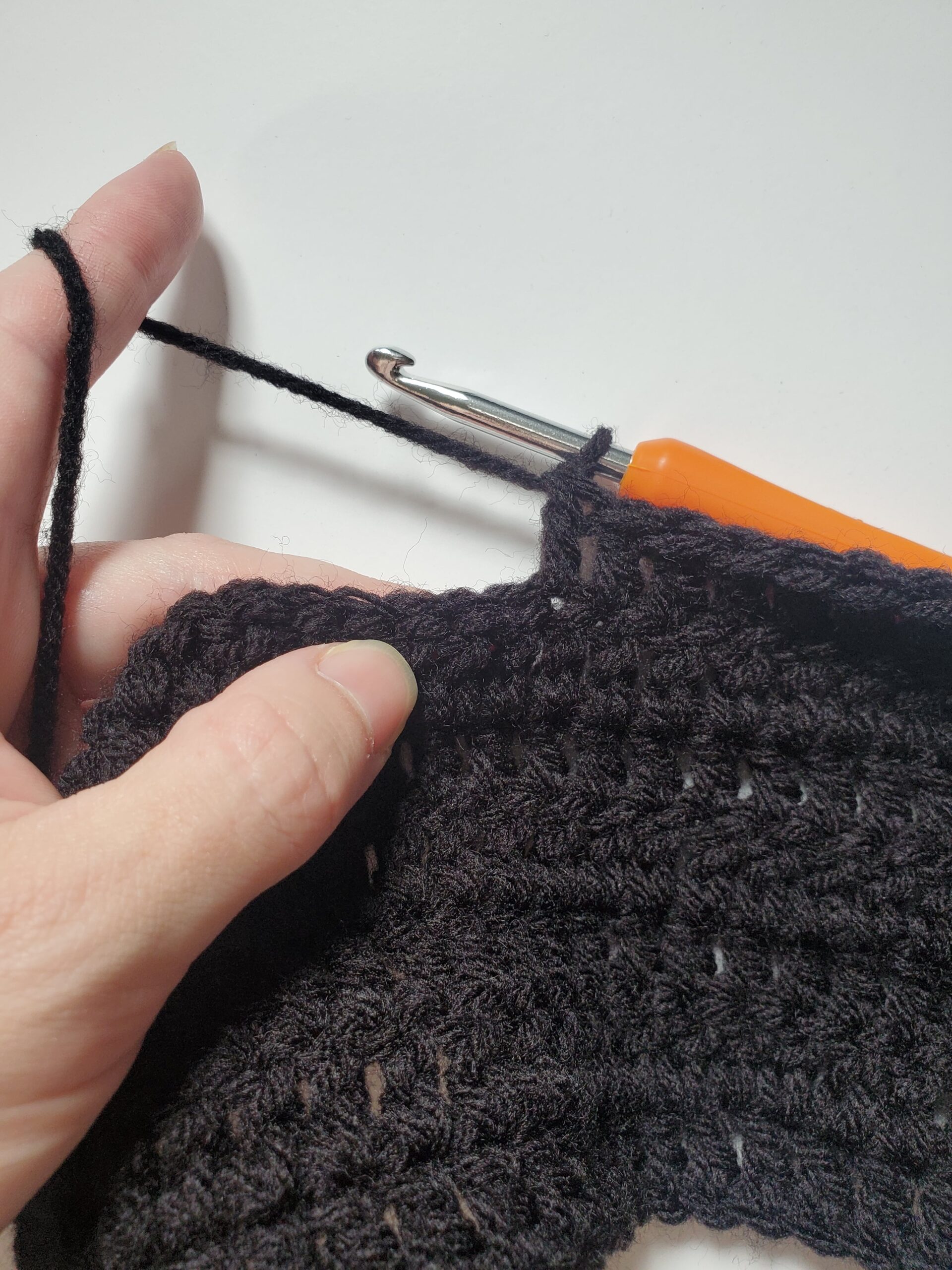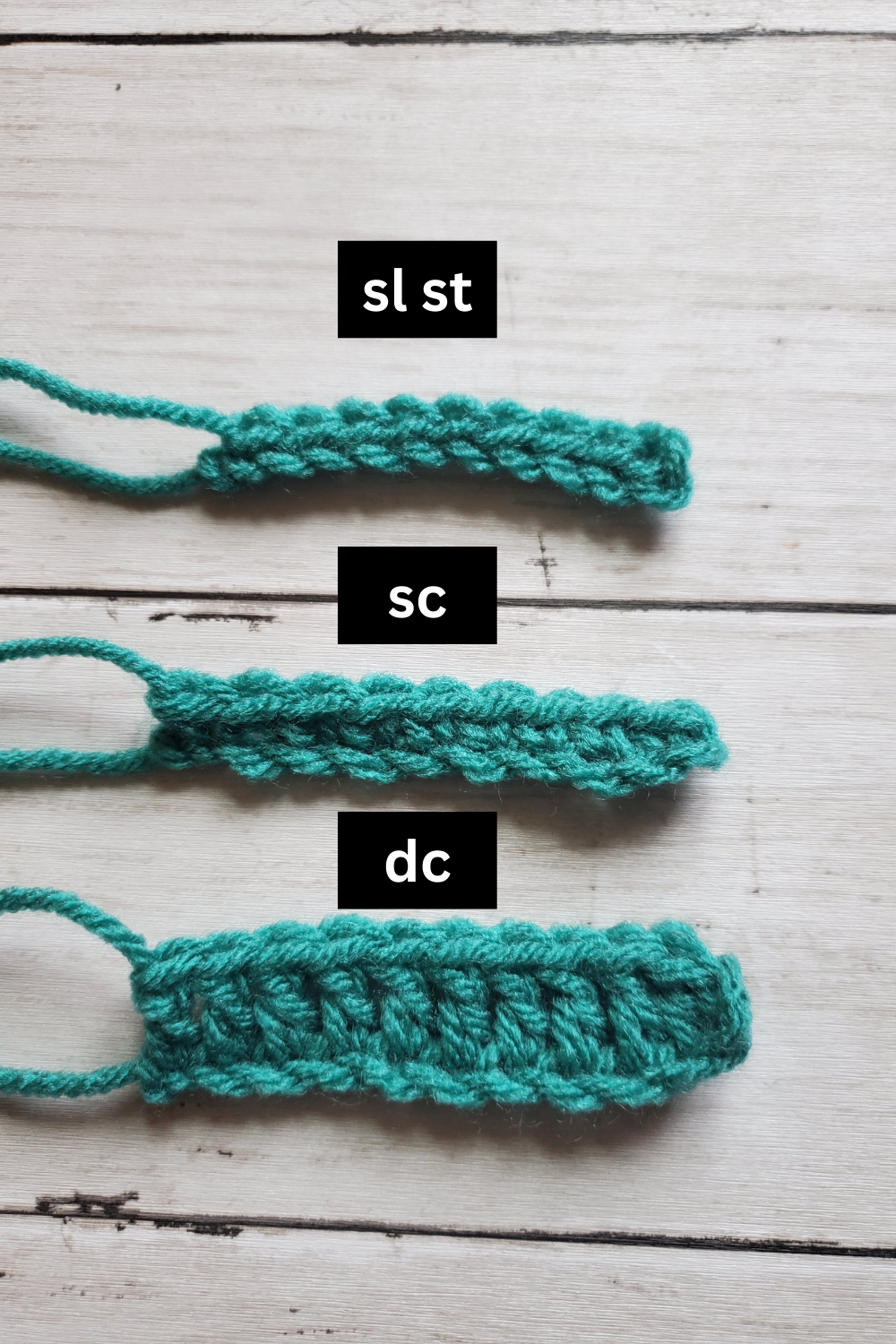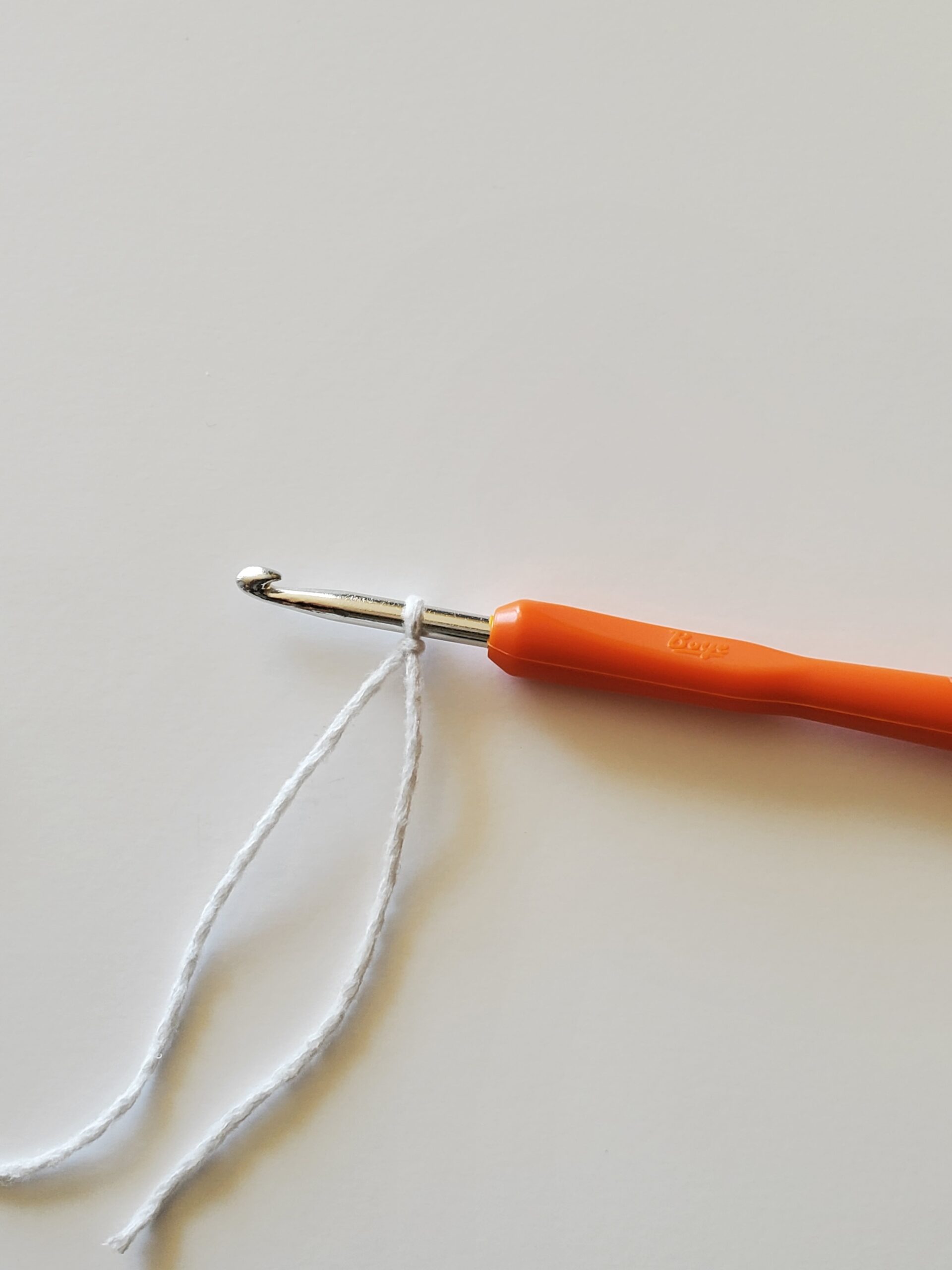How to Crochet with Black Yarn: 12 Game Changing Tips for Your Next Project
Crocheting with black yarn can be challenging, but it’s also a great way to add a bit of drama and sophistication to your crochet projects. Whether you’re working on a black sweater, a dark blanket, or black colored amigurumi, using this colored yarn can create striking and elegant effects.
However, crocheting with black yarn can be frustrating, especially if you’re struggling to see your stitches or keep making mistakes.
That’s why I’ve compiled a list of 12 game-changing tips for crocheting with black yarn. From lighting, to tension, these tips will help you work with black or dark colored yarn more confidently and without the stress.
So if you’re ready to take your crochet skills to the next level, read on to discover my top tips for crocheting with this kind of yarn!
Please note that some of these links are affiliate links. That means that if you click on these links and make a purchase, I may receive a commission at no extra cost to you. You can find more information about our disclosure policy here. Thank you for your support.
#1 Use good lighting.
Stitches formed with black yarn can be difficult to see, so it’s important to use good lighting while crocheting. Consider working in a well-lit area (a window with natural lighting is best). Use a lamp or try using a wearable lamp, like a headlamp or a neck lamp to help illuminate your work.
Here’s a LED Neck Lamp from Glocusent that doesn’t look dorky and has great lighting.
#2 Choose the right yarn weight.
Thicker yarns can be easier to work with when using black or darker yarns, as the stitches become bigger and more visible. Consider using bulky or super bulky weight yarn for your crochet project.
Try Bernat’s Super Bulky Yarn in Coal, it’s reasonably priced for the yardage provided and it’s soft.
#3 Use stitch markers, especially contrasting ones.
Using stitch markers in a contrasting color can help you keep track of your stitches while crocheting with black yarn (especially if you’re like me and are attempting your first crochet amigurumi with black yarn!). Using stitch markers helps you count and keep track of your stitches if you’re having issues finding them.
I like to use these stitch markers from Cusimax, there’s 120 markers, with 10 different colors, plus it comes in a nice little container to keep them in.
#4 Take breaks.
Crocheting with black yarn can be visually and mentally tiring, especially if you’re having to frog all the time from mistakes. Take frequent breaks to give your eyes and your brain a rest.
#5 Use a light-colored background.
When working with black yarn, it can be helpful to use a light-colored background for your work, this can make it easier to see your stitches and help prevent mistakes. I like to use a white poster board to lay my black yarn projects on while crocheting, but white copy paper works great too.
#6 Use a lighter-colored hook.
There are so many different kinds of crochet hooks with various colors out there. Consider using a lighter-colored aluminum or plastic hook to make it easier to see your stitches. There are also crochet hooks that have LED lights in them you could try!
I actually use this light-colored crochet hook set from Boye.
And I’ve never used them, but here’s a LED lit, 10 piece crochet hook set from EEEkit that is reasonably priced with good reviews.
#7 Check your tension.
If you tend to crochet with a tighter tension, it can be hard to see your stitches as they will appear smaller. Check your tension regularly as you work if you’re having a hard time. I know my tension is too tight if I have a hard time inserting my hook into stitches. You can also check your tension by measuring your gauge or comparing our work to the pattern instructions.
#8 Use a magnifying glass.
Yep, I said it. For some determined, but visually impaired crocheters, using a magnifying glass might be helpful, especially for intricate patterns with fine details. Look for hands-free magnifying glasses or one that you can place on a stand to make it easier to use while your hands are busy crocheting.
Here’s a Hands Free Magnifying Glass for Neck Wear by LafaVida.
And I had a good laugh at this one, but if you want to go full tactical and don’t care what people think (you’re working here darn it!), check out this Illuminated Headband Magnifier from MAGNIPROS.
#9 Use good posture.
Maintaining good posture while crocheting can help prevent eye strain, wrist pain, and fatigue when working with black yarn. Remind yourself to sit up straight and keep your work at a comfortable distance from your eyes.
#10 Experiment with different textures.
Using a textured or bumpy yarn can help you differentiate between stitches when working with black yarn. Try a pattern that uses popcorn or bobble stitches for added texture.
#11 Use taller stitches.
Try crocheting with double or even treble crochets if you’re having a difficult time seeing stitches with black yarn. It can be hard to identify stitches if using single or half double crochets. It may be easier for you to correlate/count the top of your stitches with the posts of the double or treble crochets.
#12 Choose the right pattern.
Not all patterns are suitable for black yarn, especially if they have tiny or subtle details. When choosing a pattern, look for designs with larger stitches or bold, graphic elements that will show up well in dark yarn.
With these 12 game-changing tips, you’re well on your way to mastering the art of crocheting with black yarn. Remember to take breaks, adjust your lighting and experiment with different textures and patterns to find what works best for you.
With practice and patience, you’ll be able to create beautiful, sophisticated projects that showcase the beauty and drama of black yarn.
Thank you and happy crocheting! Until next time.















































































